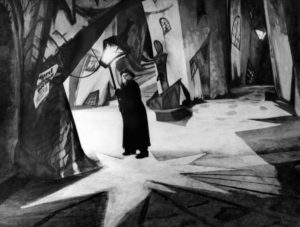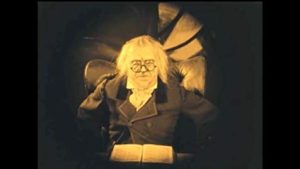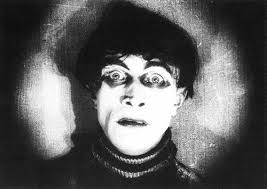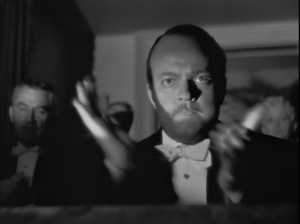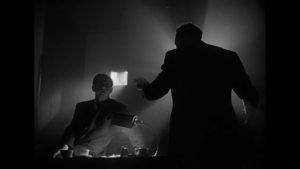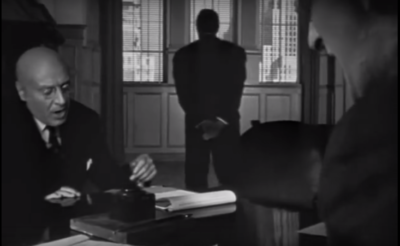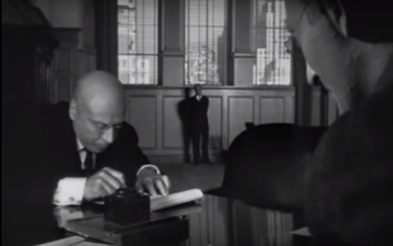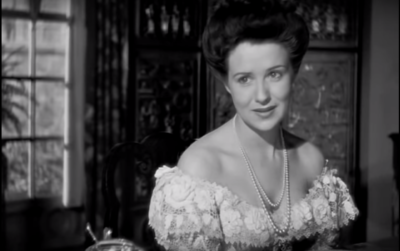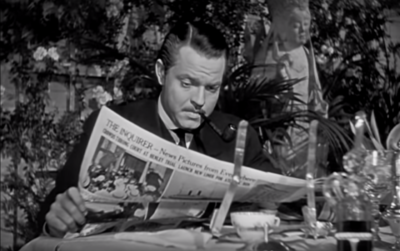The Cabinet of Dr Caligari (1920, dir. Robert Weine) is a silent horror film that was made in Germany by an independent studio called Decla. At this time in Germany, most film studios were owned by the massive company UFA, but Decla weren’t. The Cabinet of Dr Caligari went on to influence many other films, including the genre of film noir in Hollywood during the 50s and 60s, and some films in modern-day cinema.
In The Cabinet of Dr Caligari, the editing effect of an iris wipe is used frequently. This is done by slowly closing the iris of a camera, before sliding a piece of card over it to make the shot cut to black.

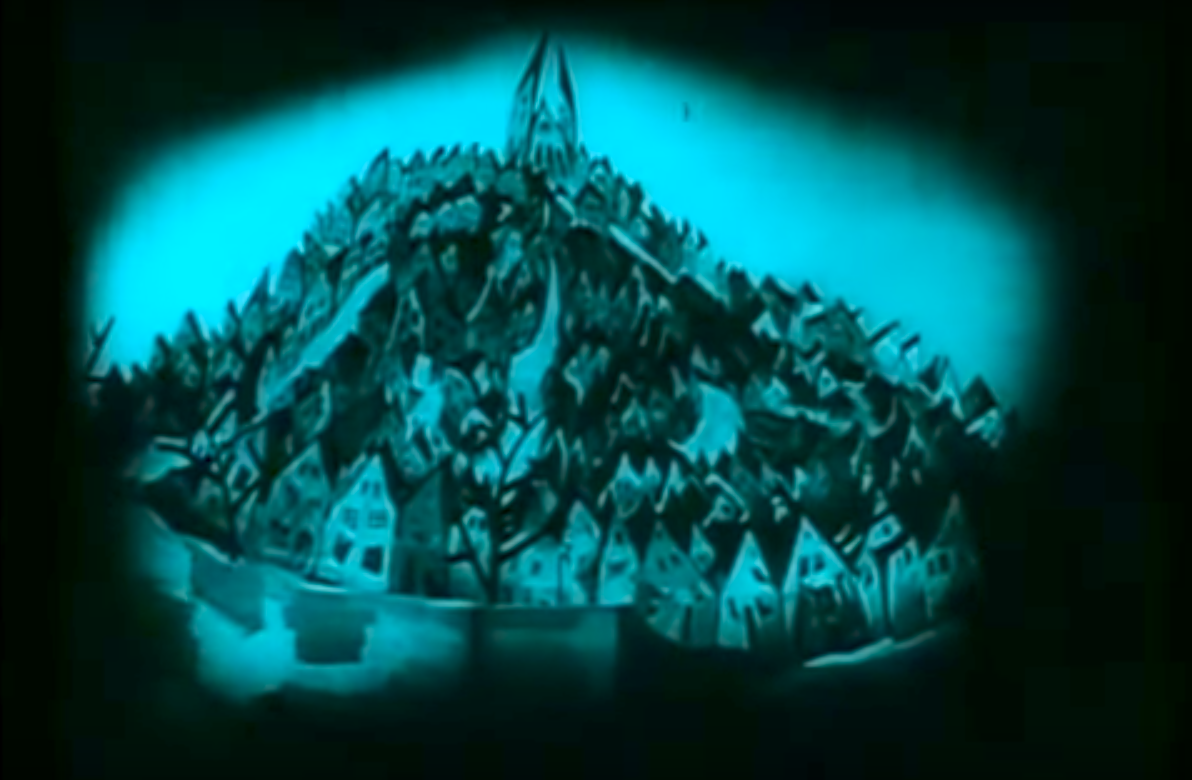
This is an editing technique that was commonly used in silent films such as this one. In this shot, it is being used when Francis tells the story of the fair through a flashback. The iris cut emphasises the fact that it is a flashback, as it creates a sort of dreamlike feel to it. There isn’t a lot of intercutting in this film, which is because to join together scenes, the film had to be manually glued together. This, along with the small sets used, makes the film feel quite like a theater play, rather than a film.
The Cabinet of Dr Caligari was made entirely on sets, with no outside shots. This means that no natural lighting was used, so they lit the sets artificially. However, as the studio Decla was outside the control of UFA, they had limited resources, such as electricity for lighting. To help with this, they painted strips of light and darkness onto the sets, to create the impression of shadows.


In this scene, it is clear to see where light sections have been painted on the floor. This reflects the genre of the film, as it was made during the period of German Expressionism. One feature of this is distorted landscapes, which is reflected in this shot of the street. In addition, the window and the walls of the set have been slanted, making the set look confusing. This again reflects the context of German Expressionism, but also foreshadows at the twist at the end, where it is revealed that it is all a story of a mental patient. The warped set makes the audience experience the world as the insane Francis does. The Cabinet of Dr Caligari made a cinematographic breakthrough, in terms of introducing the idea of a twist ending and an unreliable narrator.
The makeup in this film is also very detailed, but also very dramatic. As it is a silent film, Weine had to find different ways of expressing characters’ emotions to the audience, as they weren’t able to talk.


This is the scene where Cesare is first revealed to the audience. This close up allows his face to be seen very clearly, and it emphasises the dramatic makeup that he’s wearing. The heavy dark eyes and lips could have been used to reflect Cesare’s thoughts and what is happening in his mind. His makeup and costume is meant to be slightly creepy, establishing him as a main villain for the audience.
Cesare’s character could be referencing some of the soldiers that had come out of World War 1, as they were shell-shocked and unable to carry on life as normal. The creators of The Cabinet of Dr Caligari – Hans Janowitz and Carl Mayer – were pacifists, and the script was inspired by some of the events of their lives. They could have intended the film to be showing how traumatic experiences can dramatically change a person, which they have shown in the film through the use of extreme makeup and distorted sets and mise-en-scene. However, eventually, The Cabinet of Dr Caligari went on to set the theme for German cinema throughout the rest of the Weimar period, where mise-en-scene was used in an expressionistic way, rather than realistically.




